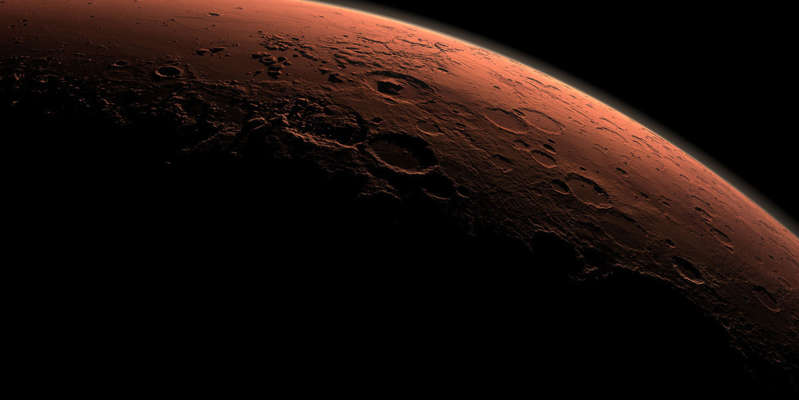
The InSight device recorded the most powerful earthquakes on Mars
NASA's Mars InSight lander has detected three of the most powerful “Marsquakes” to date. Two of them occurred on August 25 and reached magnitudes 4.1 and 4.2, the third – on September 18, exactly 1000 days of the lander's operation on the Red Planet. Its magnitude was 4.2, Science Alert reports.
The previous tremor power record, 3.9, was recorded in 2019. Scientists noted that the epicenter of the largest recent earthquake was located near InSight, at a distance of only 8,500 kilometers.
As a reminder, InSight started working on Mars in 2018. During this time, he collected a lot of useful information. So, he confirmed the very fact of the presence of earthquakes on the Red Planet – before that it was considered geologically dead. Analysis of seismic waves allowed for the first time in history to explore the internal structure of Mars. So, scientists earlier this year determined that Mars has a larger than expected, liquid core with a low density.
New earthquakes will allow additional research. Scientists have concluded that most of the major tremors occur in one area: Cerberus Fossae (Cerberus fossils). A number of fractures can be found there as a result of faults. It can be assumed that this region was seismically and volcanically active relatively recently – about 10 million years ago.
Other signs of volcanic activity were noticed in the Marineris Valley. It is a massive system of canyons with a length of about 4000 meters.
Analysis of new events showed that the earthquake of magnitude 4.2 was slow, and its epicenter lay deep below. The 4.1 magnitude earthquake was quick and shallow. These differences may indicate that various processes are taking place in the bowels of Mars. Based on this data, scientists will be able to draw up a more detailed map of the Martian depths.
Previously, scientists told why Mars remained lifeless. It was too small to hold liquid water.

